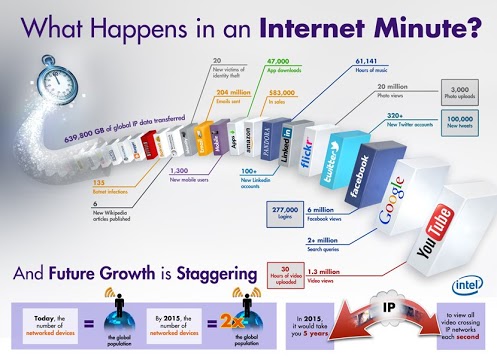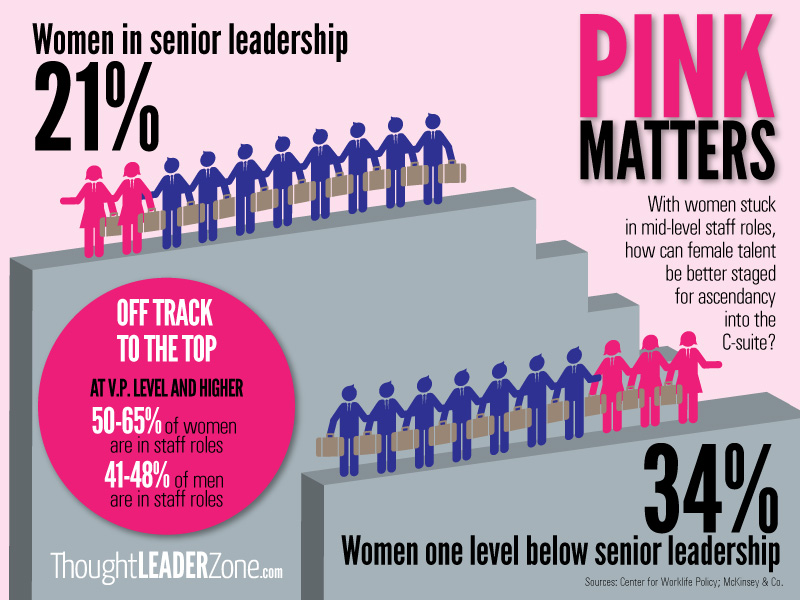 The last of these three blogs also focuses on the so-called ”pink ghetto” where women linger in staff jobs while their male counterparts continue to rise to the top. This blog will look at some of the views and statistics that appeared in Annie Marie Slaughter‘s article in the July-August edition of Atlantic called “Why Women Still Can’t Have It All.”
The last of these three blogs also focuses on the so-called ”pink ghetto” where women linger in staff jobs while their male counterparts continue to rise to the top. This blog will look at some of the views and statistics that appeared in Annie Marie Slaughter‘s article in the July-August edition of Atlantic called “Why Women Still Can’t Have It All.”
With such a controversial title and data-driven content that sometimes challenges conventional wisdom, the article has stirred up a ”fe-maelstrom” of commentary from business men and women alike.
Slaughter blames the structure of organizational life for making it difficult, if not impossible, for a woman to have a high-powered full-time career and at the same time to be fully involved as a wife and mother.
It’s a proposition that has been around for at least two decades, according to the daughter of Felice Schwartz, who wrote an article titled “Management Women and the New Facts of Life,” published in the Harvard Business Review. Schwartz’s daughter explained in an HBR blog that what women needed most in the workplace in the 1990s was more flexibility from organizations in balancing family and work at different times during their careers. And they still need it today, the daughter explained:
“The key to making it possible for women (and men) to effectively combine work and family, both Slaughter and my mother agreed, is for employers to provide more options about how, when, and where to do their work.”
In the Atlantic cover article, Slaughter warns women not to believe those who say, ”You can have it all. You just can’t have it all at once.” She points out several half truths about women in the workplace, some of which resonate and some of which contradict, the opinions expressed in the video by Facebook’s COO Sheryl Sandberg, as covered in my last blog.
- It’s possible if you are just committed enough
- It’s possible if you marry the right person
- It’s possible if you sequence it right
Critics of these concepts cite various reasons that the workplace today is filled with women who suffer from the ”tiara syndrome,” which means that women feel entitled to the wear the corporate crown and lead the professional procession to the top. They also voice concern that the sense of entitlement that some women feel is a mask for not working hard enough to achieve that goal. ”I didn’t get the job because I’m a woman,” can be a convenient excuse to cover her low performance.
Is your organization actively dealing effectively with pink matters — as well as gray matters? If you as a thought leader are still uncertain, then it’s definitely time to ask, assess, then act. We’re here to help!
See related posts:
Part 2: Practical advice for aspiring women business leadersPart 1: Pink Matters: Women are still scarce in the C-suite
 One of my favorite quotations from Mark Twain is “The only one who likes change is a wet baby.”
One of my favorite quotations from Mark Twain is “The only one who likes change is a wet baby.”







